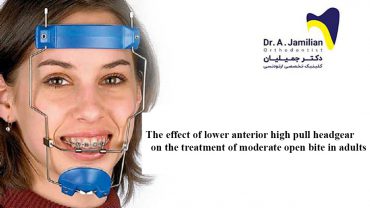Perillo L, Jamilian A, Shafieyoon A, Karimi H, Cozzani M. Finite element analysis of miniscrew placement in mandibular alveolar bone with varied angulations. Eur J Orthod. 2014 Aug 1.
Abstract
SUMMARY BACKGROUND:
Titanium miniscrews are increasingly used as orthodontic anchorage. Various factors are known to affect the stability of miniscrew. Placement angle is one of the most controversial issues in this area. Thus, the aim of this finite element study was to evaluate the influence of placement angle and direction of force on the stability of miniscrews.
MATERIALS AND METHODS:
Finite element analysis was performed using miniscrews inserted into 1mm of cortical bone and 10mm of trabecular bone at angles of 30, 60, 90, 120, and 150 degrees to the alveolar bone. Force of 2 Newton (N) was applied to the heads of the miniscrews in two directions of 0 and 30 degrees.
RESULTS:
The finite element analysis showed that inserting miniscrews at 90 degree angle would provide better anchorage than 30, 60, 120, and 150 degree angles at either direction of force. The least trabecular bone von Mises stress was 5.6MPa at 90 degrees at both directions of force and the least cortical bone stress was 31.2MPa at 90 degrees at both directions of force.
CONCLUSIONS:
Insertion of miniscrews at angles less than or greater than 90 degrees to the alveolar process bone might decrease the anchorage stability of the miniscrew.






